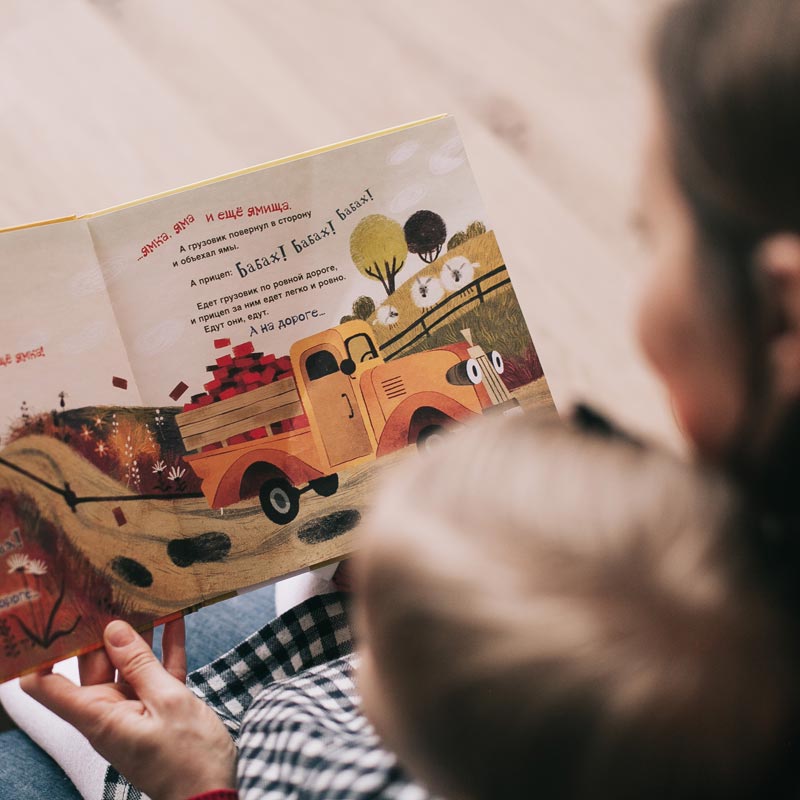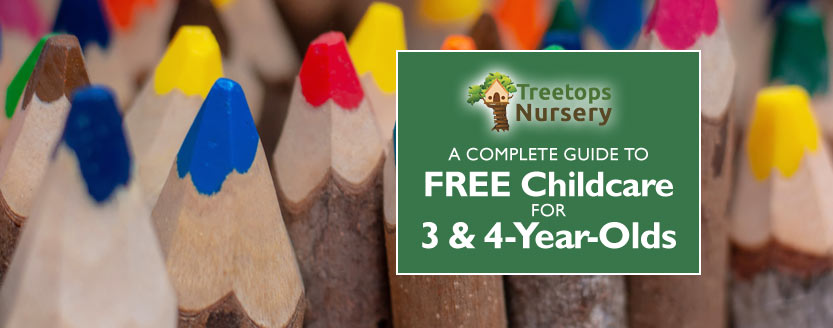
In our last post, we published a complete guide to free childcare for 2-year-olds in England. Now it’s time to look at the free childcare funding available for 3 and 4-year-old children. With up to 30 hours of free childcare available in this age group, this represents a great opportunity for parents or guardians to continue with their careers and boost household income, particularly following maternity or paternity leave. It’s also wonderful for the children, who will naturally benefit from early years education and be better prepared for school when the time comes at age 5.
So, how does the 30 hours of free childcare funding work, and who is eligible?
How 15-30 hours of free childcare funding works

This is funding that comes from the Government, via local councils, to pay for childcare at nurseries, pre-schools and similar approved childcare providers. The funding goes direct to the childcare settings or providers, not to the parents or guardians of the children. There are two possible halves — 15 hours of free childcare and an additional 15 hours on top of that, potentially taking the total available up to 30 hours of free childcare for each child.
The first 15 hours of free childcare
The first 15 hours of free childcare for 3 and 4-year-olds in England is very straight forward. In essence, all 3- and 4-year-olds in England are entitled to the 15 hours of funding for childcare each week. Well, to be more precise, the scheme allows for 15 hours per week spread out over 38 weeks in any one year. That’s a total maximum of 570 hours a year. However, so long as the total hours in any given year does not exceed 570, some childcare settings will allow parents or carers to spread the free childcare out over a different number of weeks, simply by adjusting the number of hours used during each of those weeks appropriately.
Eligibility for 15 hours of childcare funding:
- All 3- and 4-year-olds living in England are eligible (and there are also similar schemes in Scotland, Wales and Northern Ireland).
- The free childcare funding can only be used in conjunction with approved childcare settings and providers. Treetops Nursery in Willesden is one such approved nursery.
- The children are eligible from the term* following their 3rd birthday, until they reach compulsory school age or start Reception Year at school.
* (Terms usually start in early January, April or September).
- The 15 hours of funding is not means-tested, nor is it related to whether or not the parent or guardian is working or unemployed etc.
- The Government funding does not include food and consumables (nappies, sun cream etc.), so you will need to check this with your individual childcare provider.
30 hours of free childcare

30 hours of free childcare funding is also available for eligible families. However, it includes the first 15 hours explained above, plus a possible additional 15 hours per week, when eligible. This takes the total amount of free childcare available to a possible maximum of 1140 hours per year, or 30 hours per week spread out over 38 weeks. As with the first ‘15 hours’ scenario, some childcare providers allow it to be spread out over more of the year, so long as the number of hours per week is reduced accordingly. And, as before, the free childcare funding can only be used with approved childcare providers like Treetops Nursery, Willesden.
Eligibility for 30 hours of childcare funding:
You and your partner, if you have one:
- must be working¹;
- must be earning¹ the equivalent of 16 hours per week, on average over the next 3 months, at the National Living Wage or National Minimum Wage²;
- must not be earning £100,000¹ or more of net income in the current tax year, including any bonuses;
- may usually still claim when on sick leave, annual leave or parental leave.
¹ Has your work or earning level been affected by the coronavirus pandemic? If so, there are some temporary and very welcome exceptions to the rules, which you can find out about here.
² Note that, if you’re self-employed, you can base your 3 month average on what you expect to earn during the current tax year if your earnings over the last 3 months are not sufficient.
You may be still be able to claim for 30 hours funding at the same time as:
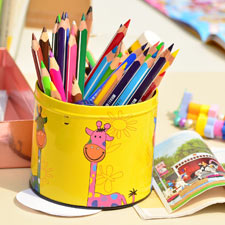 claiming Universal Credit, tax credits³ or Tax-Free Childcare;
claiming Universal Credit, tax credits³ or Tax-Free Childcare;- receiving childcare vouchers;
- claiming Incapacity Benefit, Severe Disablement Allowance, Carer’s Allowance or contribution-based Employment & Support Allowance — if you are not working but your partner is;
- starting or re-starting work within 31 days of the application date.
³ Please note that, if you are receiving tax credits, getting 30 hours free childcare funding could affect how much tax credits you receive. Check here.
Reasons you may not be able to claim 30 hours childcare funding
You are unlikely to be eligible if:
- your child doesn’t live with you;
- you foster the child in question;
- you’re from outside the European Economic Area (EEA) and you and your partner, if you have one, do not have access to public funds (according to your UK residence card);
- someone else already claims Tax-Free Childcare for your child.
How to apply for 30 hours free childcare funding
Firstly, have your National Insurance number and, if you’re self-employed, your Unique Taxpayer Reference (UTR) ready. You’ll be applying via the ‘Government Gateway’ so if you have not accessed this before, you’ll also need to set up access to it for the first time. As part of that you’ll need to have your mobile phone or landline number ready, along with your UK passport and possibly details of any tax credits, your P60 or recent payslip.
If you are separated, only one of you can apply so, ideally, you’ll first need to agree which of you will be applying (if you can’t agree, apply separately and HMRC will decide who ends up with the ‘childcare account’).
If you have a partner living with you, you will need to include them in the application. However, eligibility will not be affected by their income or employment if they are in prison or are absent from the household for more than six months of the year.
Set aside about 20 minutes or so for the application (5 minutes longer if you have not accessed the Government Gateway before) and then you can start the application process here. You usually find out whether your application is successful within a week, sometimes straight away. If successful, you will receive a code that you can give to your childcare provider so that they can access the funding.
Free childcare funding at Treetops Nursery in Willesden, London NW10
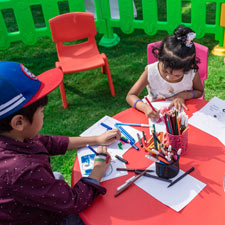
Treetops Nursery accepts both 15 hours and 30 hours of childcare funding for eligible families, spaces permitting. We’re a nursery and pre-school in Willesden in London NW10 so are also convenient for parents and guardians looking for high quality childcare at a nursery or pre-school near Willesden Green, Harlesden, Brent, Kensal Green, Brondesbury Park, Kilburn, Mapesbury, Dollis Hill, Church End, Roundwood, College Park and Park Royal.
For further details about Treetops Nursery:

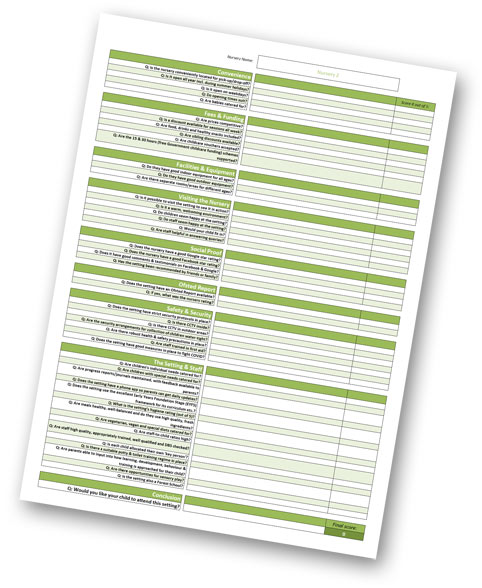 If you’re choosing a nursery and haven’t yet made up your mind, our handy Nursery Checklist will really help. It’s designed to help you come to the best possible decision, in a really simple way.
If you’re choosing a nursery and haven’t yet made up your mind, our handy Nursery Checklist will really help. It’s designed to help you come to the best possible decision, in a really simple way.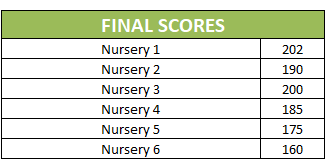 We’ve split the handy checklist into a handful of appropriate sections. Sections covered include location, convenience, fees, whether the nurseries accept Government-funded childcare schemes or vouchers, what’s included in the price, facilities and equipment, an appraisal of the nursery itself and staff, Ofsted reports, whether each nursery has been recommended, how it scores in online reviews, safety and security and much more. Download the Nursery Checklist here. You can also print it out if needed — it’s designed to fit beautifully on A4, portrait format.
We’ve split the handy checklist into a handful of appropriate sections. Sections covered include location, convenience, fees, whether the nurseries accept Government-funded childcare schemes or vouchers, what’s included in the price, facilities and equipment, an appraisal of the nursery itself and staff, Ofsted reports, whether each nursery has been recommended, how it scores in online reviews, safety and security and much more. Download the Nursery Checklist here. You can also print it out if needed — it’s designed to fit beautifully on A4, portrait format.
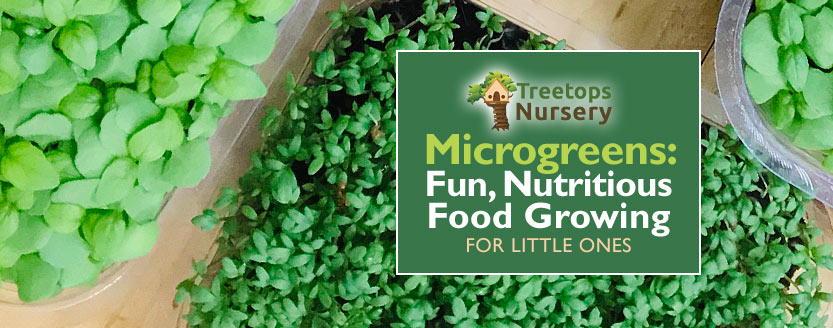
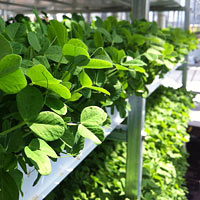 There is one class of edible plant that can be grown all year round and is perfect for kids to grow indoors, for example on a windowsill. Some types of this food will sprout in as little as a week. What’s more, it’s tasty and highly nutritious. Growing it is super-easy and a perfect way to keep kids entertained, educated about nature and eating healthily. It’ll also be a welcome addition to mealtimes for the whole household.
There is one class of edible plant that can be grown all year round and is perfect for kids to grow indoors, for example on a windowsill. Some types of this food will sprout in as little as a week. What’s more, it’s tasty and highly nutritious. Growing it is super-easy and a perfect way to keep kids entertained, educated about nature and eating healthily. It’ll also be a welcome addition to mealtimes for the whole household.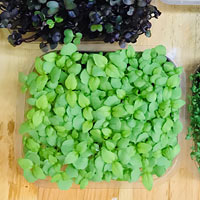 Here are just a few examples of plants that make suitable microgreens and can easily be grown by children indoors:
Here are just a few examples of plants that make suitable microgreens and can easily be grown by children indoors: Fennel — just 10 days after first sprouting, leaves from young fennel seedlings will give a pleasant aniseed tang to dishes like pasta salads, risottos, soups and even stuffing.
Fennel — just 10 days after first sprouting, leaves from young fennel seedlings will give a pleasant aniseed tang to dishes like pasta salads, risottos, soups and even stuffing. Red Cabbage micro leaves have one of the highest Vitamin C concentrations of any microgreen. They also contain Vitamin K, potassium, beta-carotene, calcium, magnesium and antioxidants. As with many of the microgreens, many top chefs use them as an attractive and tasty garnish. They can be sprinkled over soups, salads, grilled vegetables, stews and cooked meats. After sowing, they take only days to appear.
Red Cabbage micro leaves have one of the highest Vitamin C concentrations of any microgreen. They also contain Vitamin K, potassium, beta-carotene, calcium, magnesium and antioxidants. As with many of the microgreens, many top chefs use them as an attractive and tasty garnish. They can be sprinkled over soups, salads, grilled vegetables, stews and cooked meats. After sowing, they take only days to appear. Your child will need to fill the chosen containers with compost, not quite to the top. Tap it to level the soil, then pat it down just a little to firm it. Some gardeners also indent the compost where the seeds will go. The seeds then need to be carefully placed or lightly sprinkled into the indented areas. It’s important that your child spaces the seeds out so there is no clumping, otherwise significant problems can occur (the crop might get diseased or even completely fail). The seeds don’t need to be covered but a light dusting of sieved compost will keep them in place while allowing light to get through. The seeds then need to be lightly watered. It’s best for your child to do this part outside, just to avoid potential mess indoors, taking care not to over-water nor to wash the seeds away. A way to water them indoors is to simply stand the vessels in some shallow water for 30 to 60 minutes, so the compost naturally draws up the moisture.
Your child will need to fill the chosen containers with compost, not quite to the top. Tap it to level the soil, then pat it down just a little to firm it. Some gardeners also indent the compost where the seeds will go. The seeds then need to be carefully placed or lightly sprinkled into the indented areas. It’s important that your child spaces the seeds out so there is no clumping, otherwise significant problems can occur (the crop might get diseased or even completely fail). The seeds don’t need to be covered but a light dusting of sieved compost will keep them in place while allowing light to get through. The seeds then need to be lightly watered. It’s best for your child to do this part outside, just to avoid potential mess indoors, taking care not to over-water nor to wash the seeds away. A way to water them indoors is to simply stand the vessels in some shallow water for 30 to 60 minutes, so the compost naturally draws up the moisture. Once rinsed, the tender young micro leaves can be enjoyed in meals by the whole family. They’ll add often exquisite tastes and textures to meals as well as adding much-needed vitamins and minerals to the family diet. That’s even more important for growing toddlers and preschoolers, of course. And, throughout the growing journey, the children will absolutely love seeing the new shoots grow into young plants. They will have learnt new skills, had great fun getting to know more about nature and have a real sense of achievement. Chances are, too, that they will love the taste of the micro leaves.
Once rinsed, the tender young micro leaves can be enjoyed in meals by the whole family. They’ll add often exquisite tastes and textures to meals as well as adding much-needed vitamins and minerals to the family diet. That’s even more important for growing toddlers and preschoolers, of course. And, throughout the growing journey, the children will absolutely love seeing the new shoots grow into young plants. They will have learnt new skills, had great fun getting to know more about nature and have a real sense of achievement. Chances are, too, that they will love the taste of the micro leaves.


 claiming Universal Credit, tax credits³ or Tax-Free Childcare;
claiming Universal Credit, tax credits³ or Tax-Free Childcare;
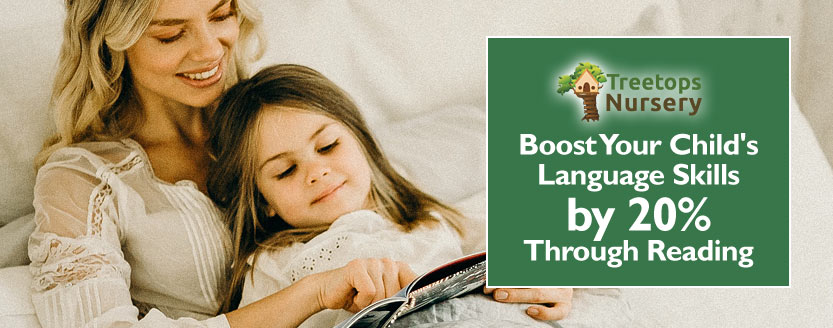
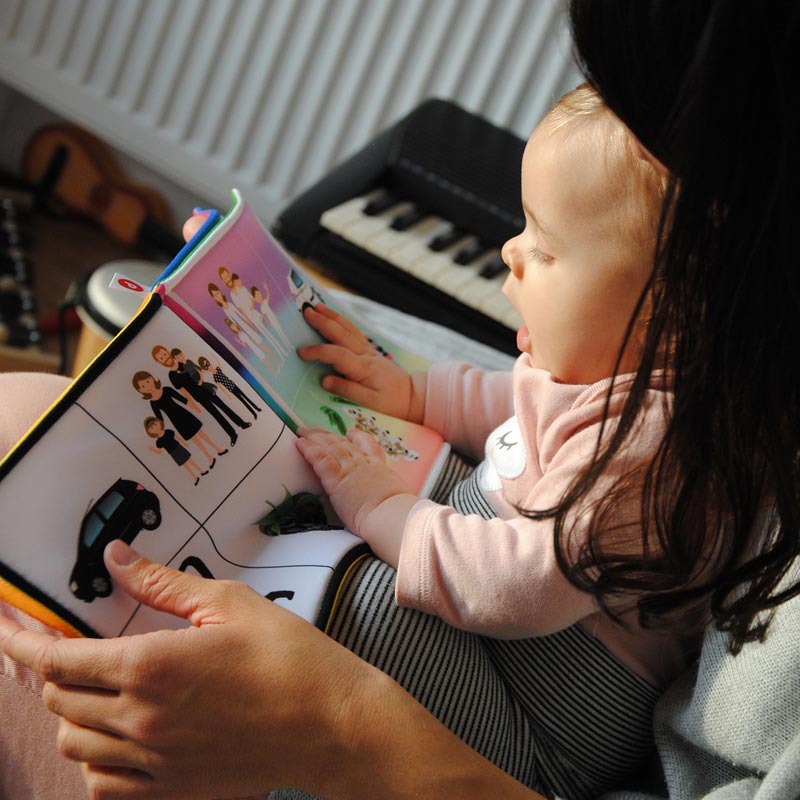 Back in July, we wrote a detailed article about
Back in July, we wrote a detailed article about  hat’s incredible when you bear in mind that the children studied were, on average, just 3¼ years old. An 8 month skills boost is therefore equivalent to an extra fifth of their entire lives! Such an impact, at a time when they’re right in the middle of their pre-school years, is incredibly important for them. After all, this is a critical time in their learning and development — and one that will have a profound impact on the rest of their lives.
hat’s incredible when you bear in mind that the children studied were, on average, just 3¼ years old. An 8 month skills boost is therefore equivalent to an extra fifth of their entire lives! Such an impact, at a time when they’re right in the middle of their pre-school years, is incredibly important for them. After all, this is a critical time in their learning and development — and one that will have a profound impact on the rest of their lives.